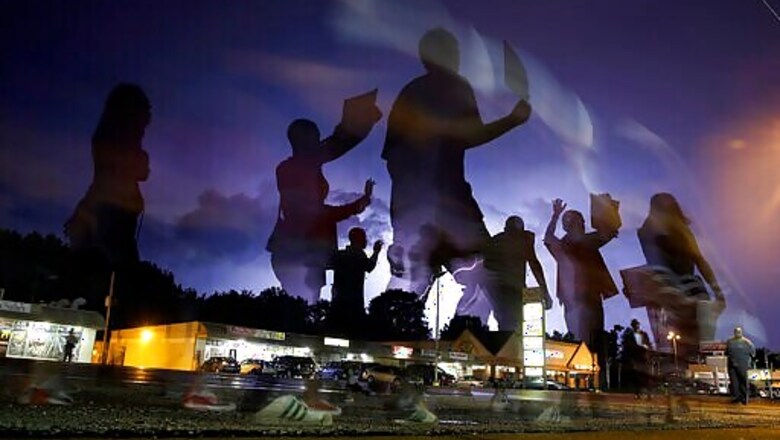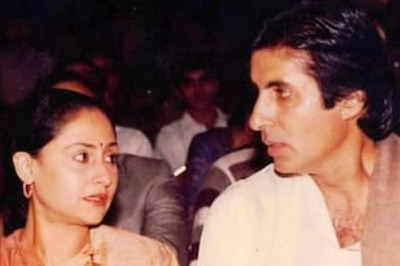
views
NEW YORK: The first significant attention that the Kansas City Star gave to hometown hero and jazz legend Charlie Bird Parker came when he died in 1955 and the newspaper spelled his name wrong.
That detail came to light when the Star investigated, and apologized for, its mistreatment of Black citizens over many decades in a self-reckoning that came in a series of stories published on Sunday.
In its blunt self-assessment, the Star found that for many decades of its 140-year history, Black residents were rarely mentioned in anything but crime stories. It was a newspaper produced by white reporters and editors for white readers and advertisers.
We were all a little stunned by how egregious the coverage was and how much the Star had failed to rise above the thinking of the time, said Mike Fannin, president and editor of the newspaper, where he has worked since 1997.
Generations of Black Kansas City residents grew up not trusting the Star, he said in an interview Monday.
The project arose from discussions following the death of George Floyd at the hands of Minneapolis police, which sparked demonstrations around the world, including Kansas City. Fannin credited reporter Mara Rose Williams with the specific idea.
Over the past couple of decades, a number of news organizations have conducted critical exhumations of their past work, including many Southern newspapers that looked at coverage of the civil rights movement, said Richard Prince, a veteran editor who writes about media diversity issues. The Lexington (Kentucky) Herald-Leader, Montgomery (Alabama) Advertiser) and Meridian (Mississippi) Star have been among them.
There are a lot of people who want to make amends and atone in some ways, but there is much more to be done, Prince said.
The Los Angeles Times did a similar look at its history this fall. But its focus was also current, because several minority journalists at the newspaper said it had to do a much better job at hiring minorities and covering issues important in their communities.
Stacy Shaw, a social justice lawyer who helped organize post-Floyd demonstrations in Kansas City, applauded the Star for taking on the self-examination and said she hoped other news organizations would do the same. Shaw was appointed to a Star advisory board to discuss coverage issues moving forward.
For so long, Black people have been unfairly and negatively portrayed in mass media, she said.
Shaw said its not an issue that should be relegated to history, however; she said shes had issues with how the paper has covered some racial equity issues by giving deference to police. Shaw this fall represented Deja Stallings, a Black woman who was nine months pregnant in September when a Kansas City police officer held her with his knee in her back, prompting community protests.
Prince noted there is a financial incentive for news organizations to come to terms with their histories given the increased percentage of Blacks and other minorities in the population.
You want to have those readers who will appreciate that you are owning up to your past, he said.
The Star this fall hired an editor specifically to look at diversity issues. It has done projects on systemic racism in Kansas City’s fire department and a project on the relationship between gun violence and the relationship between police and the Black community.
But there are always things that could be done better, Fannin said.
Fannin said virtually every other metropolitan newspaper in the United States could do similar stories about their past, and hoped the Star would spark similar conversations elsewhere.
He said he’s been heartened by much of the response he’s received in Kansas City, but not all. On the other end of the first phone call he received Monday who was a man who berated him for the stories, using a racial slur.
Disclaimer: This post has been auto-published from an agency feed without any modifications to the text and has not been reviewed by an editor
Read all the Latest News, Breaking News and Coronavirus News here



















Comments
0 comment